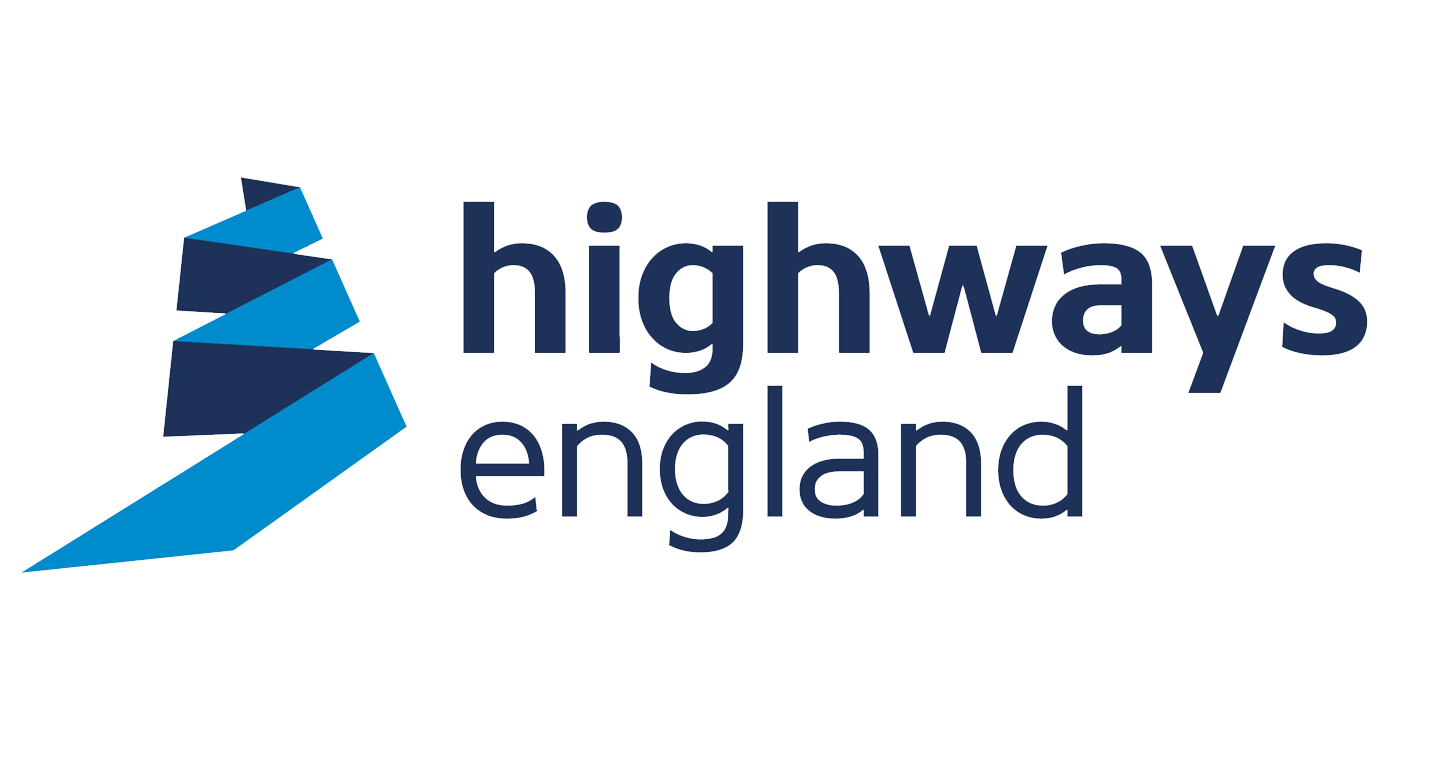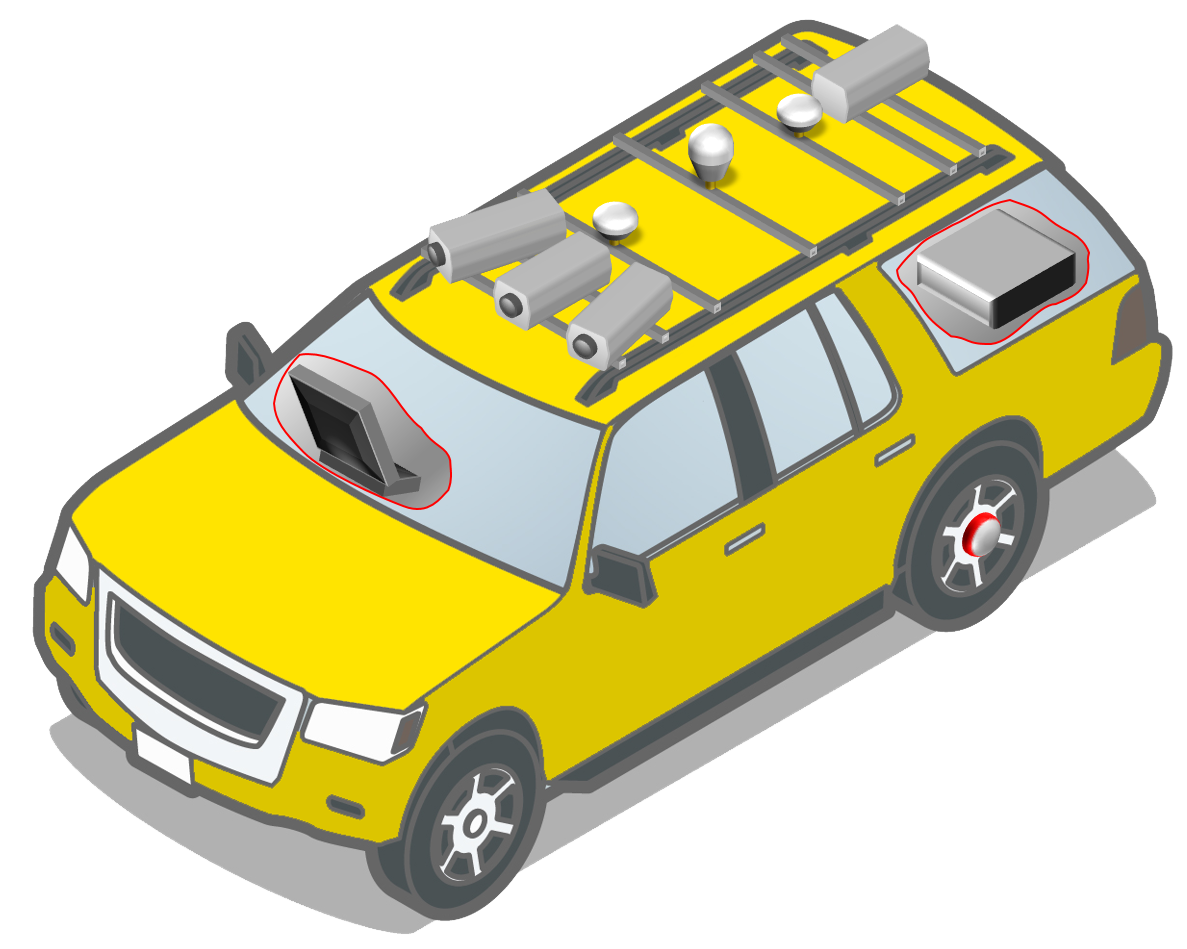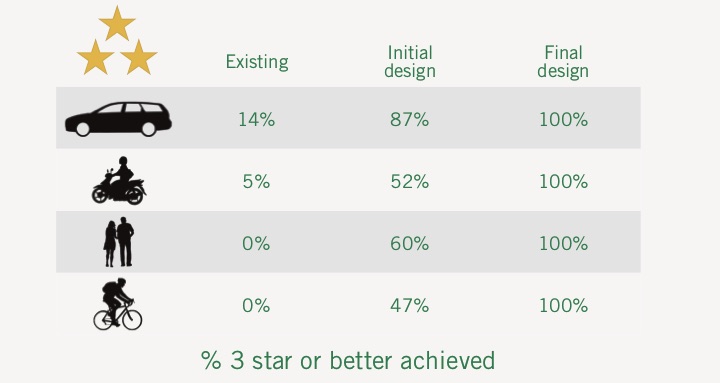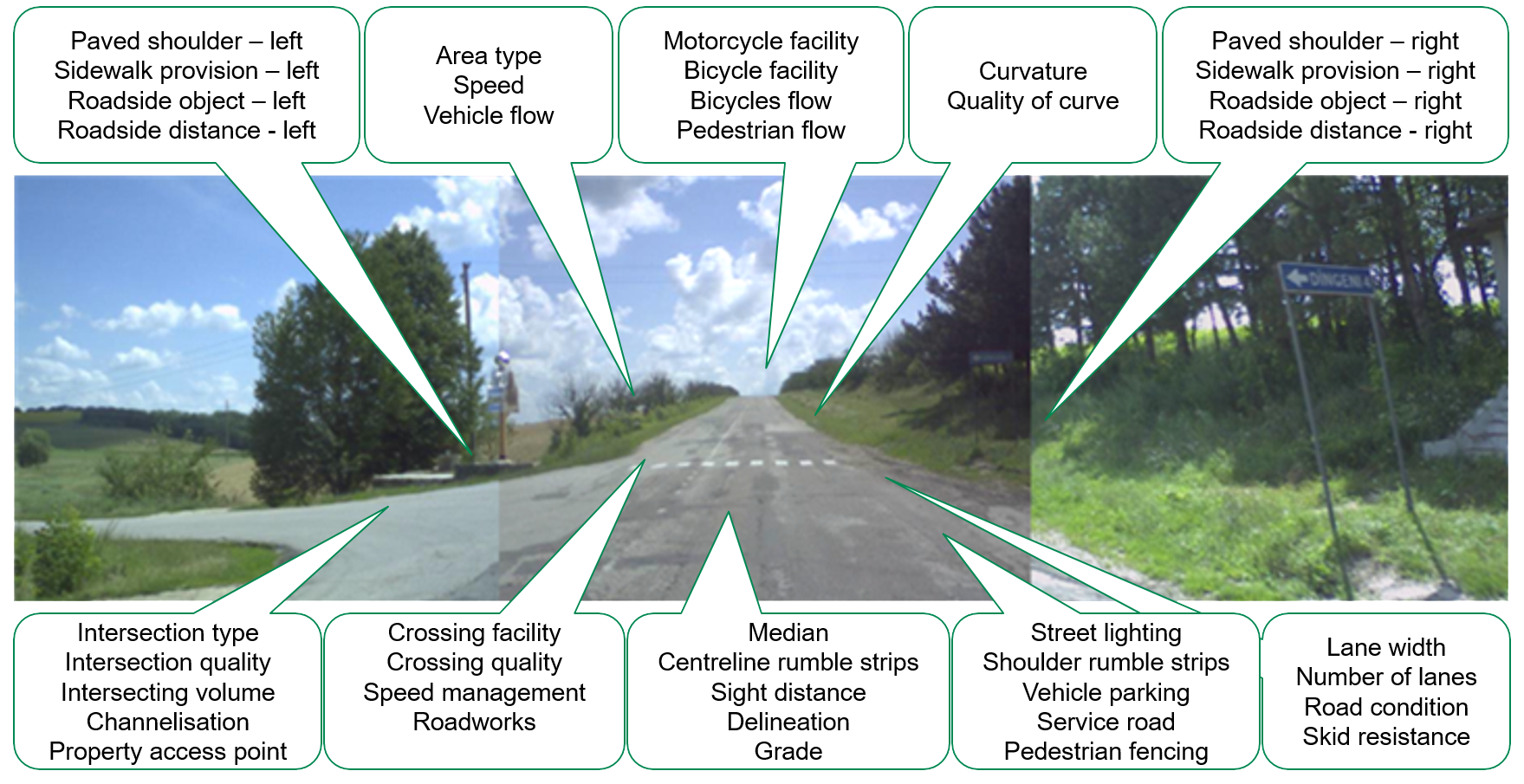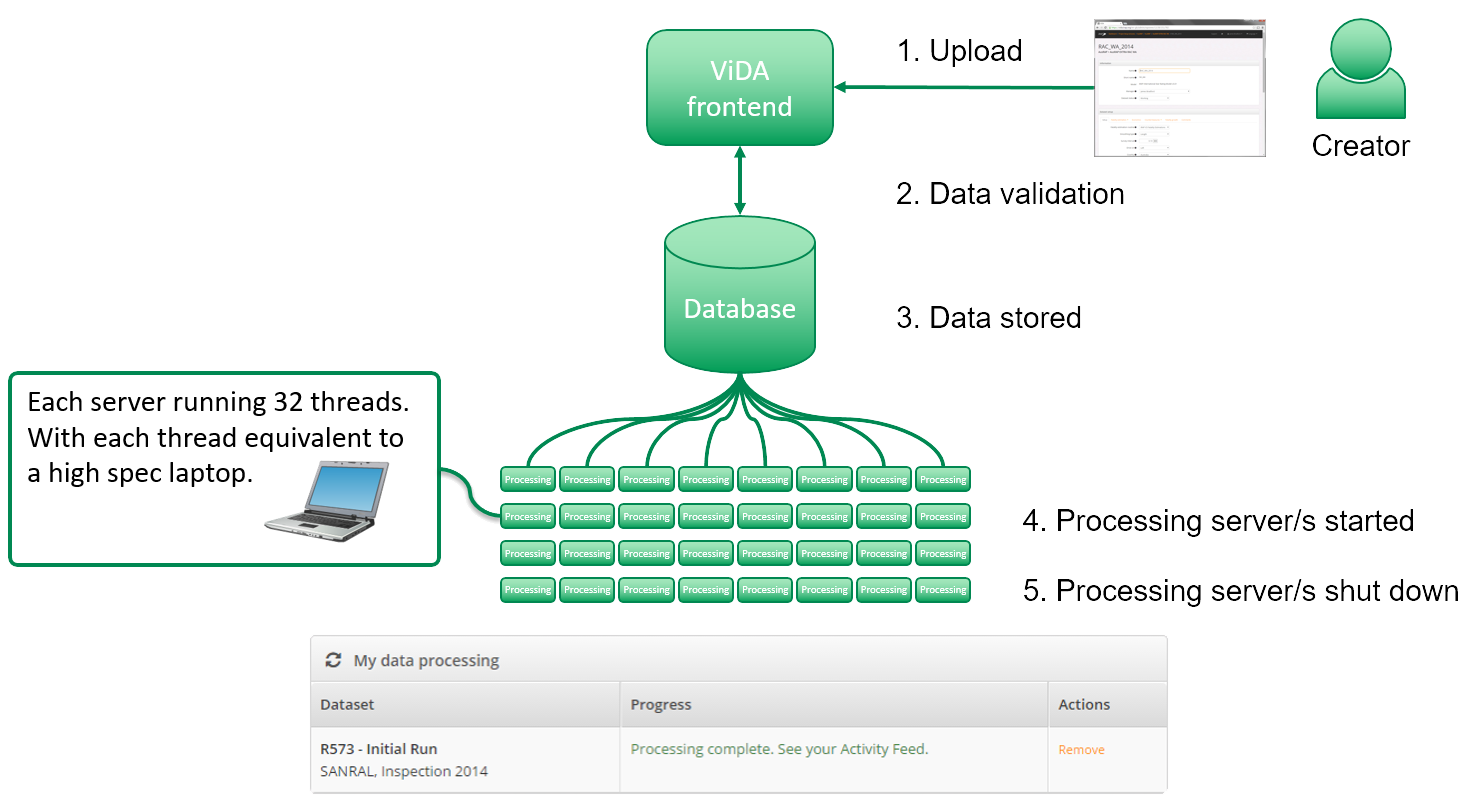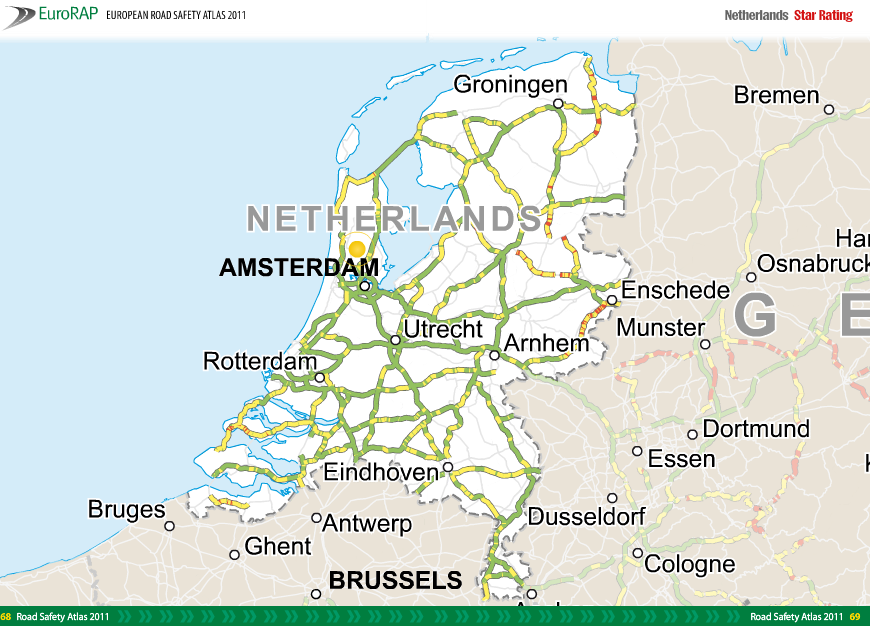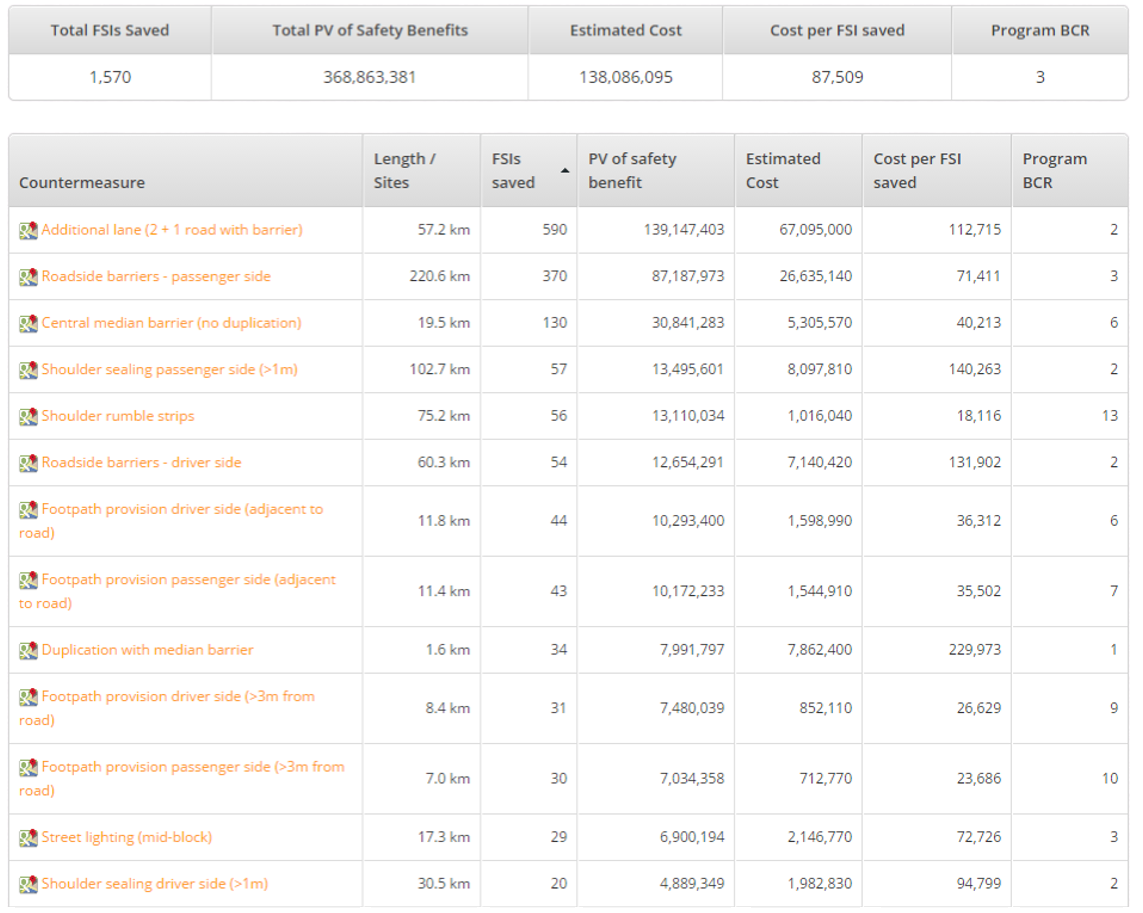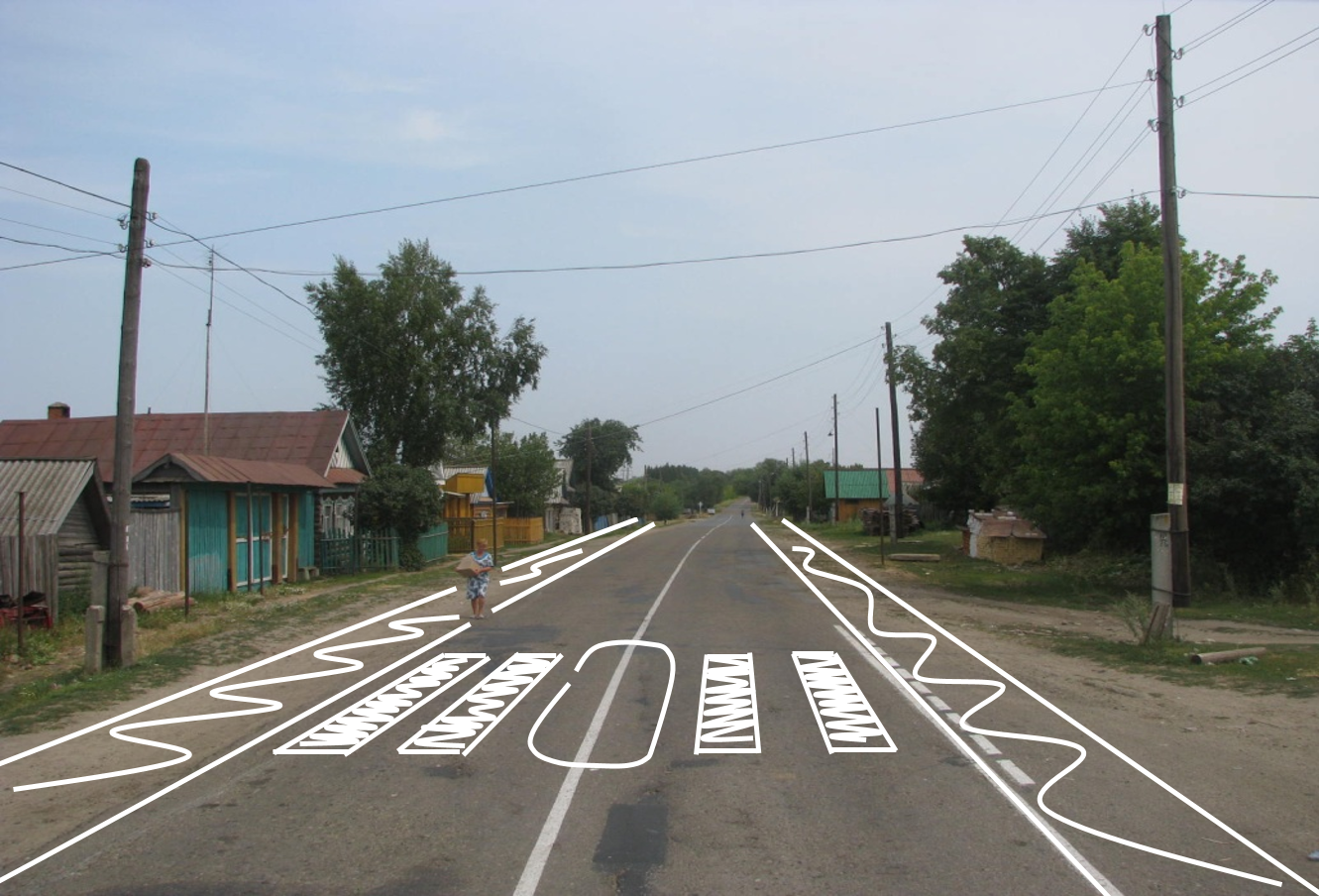
Description
As high-speed roads are upgraded to provide better protection to counter head-on and run-off fatal and serious injury collisions, and because of greater use of split level intersections, other crash types make up a greater proportion of the crashes. One of the most common of theses crash types are rear-end shunts collisions, where one vehicle impacts with the rear-end of another vehicle. This effect can be seen on the English strategic road network, where rear-end shunt crashes now make up 26% of the fatal and serious casualties on the Motorway network.
The iRAP v3 Star Rating methodology was developed based on the types of crashes that account for a large proportion of road deaths and serious injuries for each road user. Three key potential outcomes were not included: a sideswipe crash; rear-end motorway crashes away from junctions; and a recovery (that is, where a crash is initiated but a crash does not actually occur). These outcomes were not explicitly included in the iRAP Star Rating methodology as they either do not account for a significant number of deaths or serious injuries and/or because infrastructure solutions (such as for sideswipe crashes and rear-end mid-block crashes on motorways) are difficult to model.
With the availability of further evidence-based research and engineering solutions for rear-end shunt crashes, it should be reviewed for inclusion in the iRAP models.
Status
Inclusion of rear-end shunt crashes within the iRAP models is currently under development.




